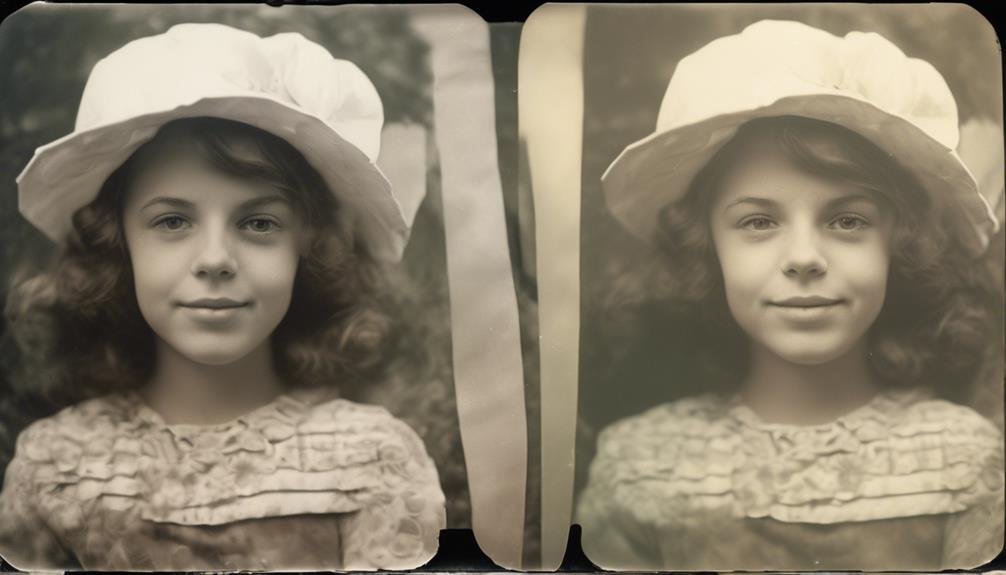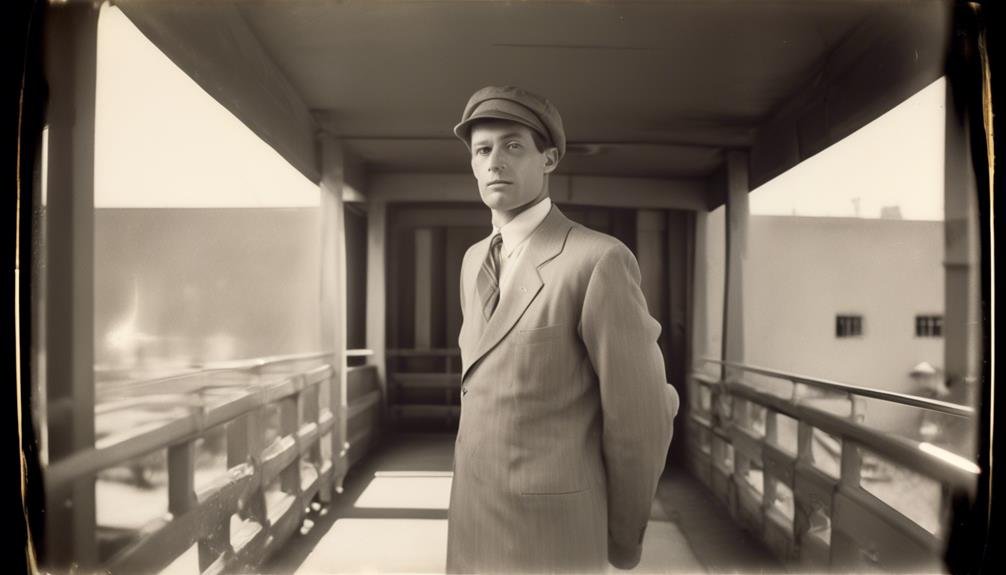
When it comes to polishing up our photos, we've all been there – standing in front of our computers, staring at raw images, wondering how to bring out the best in them. Well, fear not, because we've got you covered with five essential post-processing tips to transform your photos from good to sleek. From understanding the power of RAW file editing to mastering color correction techniques, these tips will elevate your photography game to a whole new level. So, if you're ready to take your images from ordinary to extraordinary, let's dive into the world of post-processing and discover how to make your photos truly stand out.
Understanding RAW File Editing
Understanding RAW file editing is an essential aspect of post-processing, allowing photographers to unlock the full potential of their images. When delving into RAW file editing, grasping the concept of white balance is crucial. It determines the overall warmth or coolness of your image, affecting the mood and atmosphere. By adjusting the white balance, we can ensure that the colors in our photos are portrayed accurately, making the image more visually appealing and true to life.
Exposure adjustments are another fundamental part of RAW file editing. They allow us to correct any issues with overexposure or underexposure, ensuring that the image retains detail in both the shadows and highlights. This process enables us to fine-tune the overall brightness and contrast of the photograph, bringing out the finer nuances that may have been lost in the original capture.
Innovation in understanding and manipulating these elements within RAW file editing can lead to breathtaking results, elevating the quality and impact of our photography. By mastering these techniques, photographers can enhance their images, bringing them closer to their original vision.
Mastering Color Correction Techniques
To achieve vibrant and accurate colors in your photos, mastering color correction techniques is essential for enhancing the overall visual impact of your images. Color grading plays a crucial role in creating a mood or atmosphere in your photos. By adjusting the colors, you can evoke different emotions and enhance the storytelling aspect of your images. Understanding the principles of color theory and how different colors complement or contrast each other is fundamental in mastering color correction.
One key aspect of color correction is making white balance adjustments. This involves ensuring that the colors in your image appear natural and true to life. Correcting any color casts or discrepancies in white balance can significantly improve the overall quality of your photos. Additionally, experimenting with color grading techniques can add a unique and artistic touch to your images.
Enhancing Details With Sharpening Tools

Enhancing the details of your photos can be achieved using sharpening tools to add clarity and definition to key elements within the image. Selective sharpening allows us to enhance specific areas of the photo without affecting the entire image. This technique is particularly useful for emphasizing details in the focal point of the photo, such as the eyes in a portrait or the intricate patterns in a landscape.
Creative sharpening techniques involve experimenting with different sharpening tools and settings to achieve a unique and visually appealing result. By using unconventional approaches, such as applying sharpening selectively to only certain colors or textures, we can bring out the finer details in a more artistic and innovative way.
- Selective sharpening: Target specific areas of the photo to enhance details without affecting the entire image.
- Experiment with different sharpening tools: Explore various sharpening tools and settings to achieve a unique and visually appealing result.
- Creative sharpening techniques: Apply unconventional approaches to bring out finer details in a more artistic and innovative way.
Utilizing Gradient Filters for Balanced Exposure
After enhancing the details of your photos with sharpening tools, the next step is to explore the use of gradient filters for achieving balanced exposure in your images. When it comes to landscape photography, utilizing gradient filters can make a substantial difference in the overall quality of your images. These filters allow for a more balanced exposure by darkening or lightening specific areas of the image, such as the sky or foreground, without affecting the entire photo. This technique is particularly useful during sunrise or sunset, where the sky tends to be much brighter than the landscape.
| Pros | Cons |
|---|---|
| Balances exposure in landscape shots | Requires careful positioning and blending |
| Enhances overall image quality | Can be time-consuming to master |
| Provides a natural and polished look | Additional equipment may be needed |
| Allows for creative control | May not be suitable for all photography styles |
In portrait photography, exposure blending techniques can also be applied to achieve a harmonious balance between the subject and the background, resulting in stunning and professional-looking images.
Final Touches With Noise Reduction and Vignetting

We can achieve a polished and professional look in our photos by applying noise reduction and vignetting for the final touches.
- Noise Reduction Techniques
- Utilize selective noise reduction to target specific areas with high noise levels, preserving the details in the rest of the image.
- Experiment with different software tools for noise reduction, such as luminance and color noise reduction sliders, to find the optimal balance between noise reduction and detail preservation.
- Consider using third-party noise reduction plugins for advanced control and fine-tuning of noise reduction parameters.
- Vignetting Effects
- Employ post-processing software to add a subtle vignette, drawing the viewer's focus towards the center of the image and creating a more immersive visual experience.
- Experiment with different vignette shapes and intensities to find the most suitable effect for each specific image.
- Utilize vignetting creatively to evoke certain moods or emphasize specific elements within the composition.
Frequently Asked Questions
How Can Post-Processing Help Improve the Composition of My Photos?
Post-processing enhances composition by adding depth and dimension to photos. We adjust lighting, contrast, and color to create impactful images. This process allows us to emphasize focal points and create a captivating visual story.
Are There Any Specific Post-Processing Techniques for Creating a Vintage or Retro Look in Photos?
We love using vintage filters to evoke nostalgia and retro color grading techniques to bring out a timeless feel in our photos. Experiment with adjusting contrast, adding grain, and playing with warm tones for that classic look.
Can Post-Processing Help Improve the Overall Mood or Atmosphere of a Photo?
Yes, post-processing can enhance emotions and create ambiance by adjusting lighting, colors, and contrast. By manipulating these elements, we can evoke specific moods and atmospheres in photos, adding depth and impact to our visuals.
What Are Some Common Mistakes to Avoid When Using Post-Processing Tools?
When using post-processing tools, common mistakes include overdoing it with filters, ignoring composition, and relying too heavily on vintage techniques. It's important to balance these elements to create sleek, modern photos.
How Can I Use Post-Processing to Create a Cohesive Look and Feel Across a Series of Photos?
To create consistency across a series of photos, we employ color grading techniques. By adjusting tones, hues, and contrast, we ensure a cohesive look and feel. This enhances the visual impact and storytelling potential of the images.
